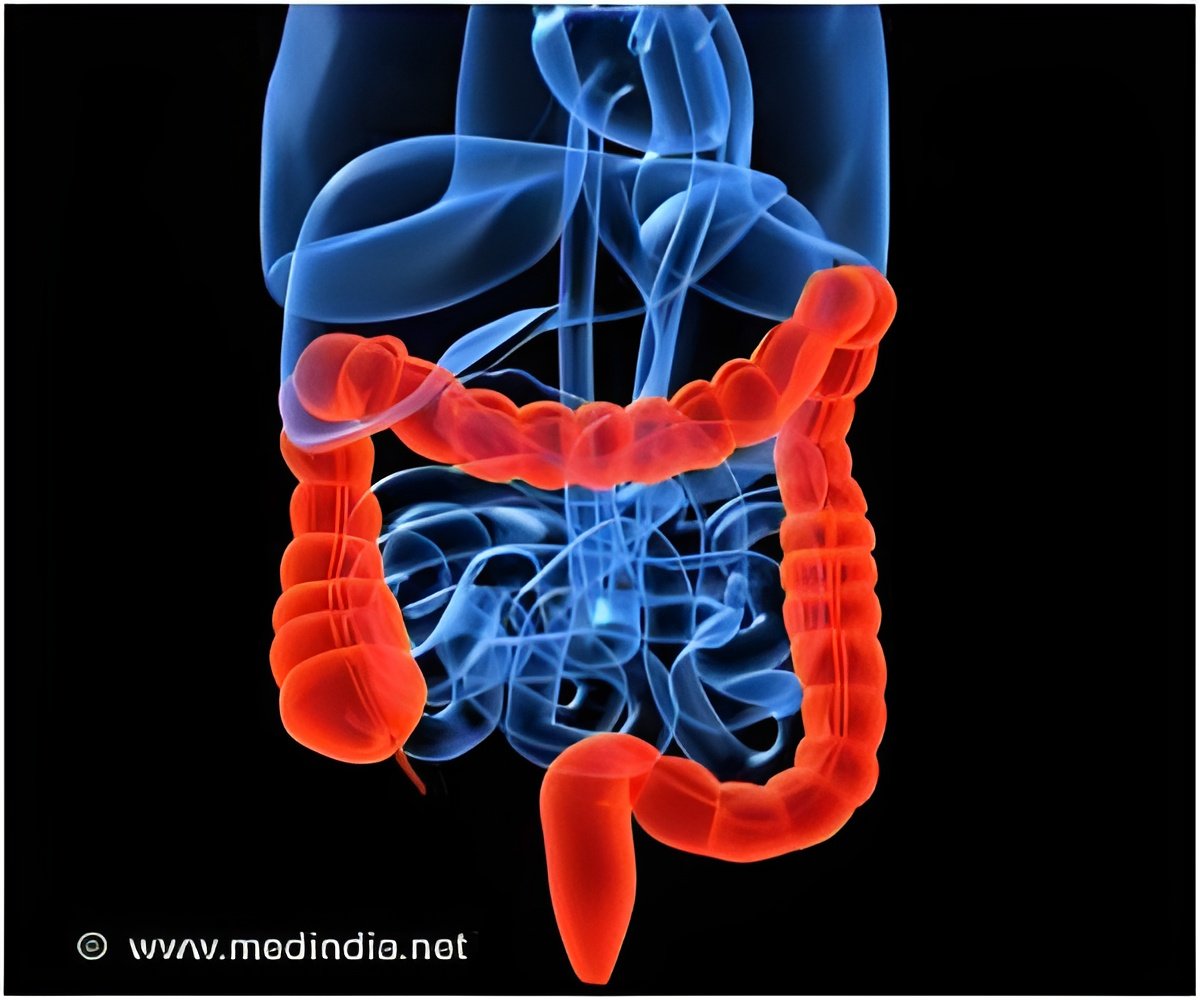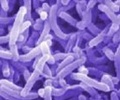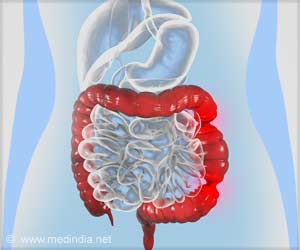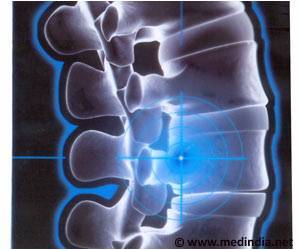
But how it does this has been unclear, until now.
A common presumption was that the amoeba injects a toxic cocktail into the cells to kill them and then gobbles them down.
A team led by William Petri of the University of Virginia at Charlottesville caught amoebae in the act in a feat of live microscopy.
The parasite takes single bites out of living cells until the damage is such that the cell eventually dies, they found.
The amoeba then detaches, spits out non-digested chunks of cell, and heads to the next meal.
Advertisement
This is the first time a parasite has been seen doing this in human cells.
Advertisement
Its hallmarks are violent diarrhoea, often with traces of blood, abdominal pain and flatulence. There is no vaccine, but the condition can be treated with an antibiotic called metronidazole, marketed as Flagyl.
Understanding how E. histolytica devours intestinal cells suggests intriguing new paths for drugs to block it, according to the study published in the journal Nature.
"Amoebic trogocytosis is a potentially promising target for the future of new therapeutics for amoebiasis, a major neglected disease in the developing world," it said.
Source-AFP









